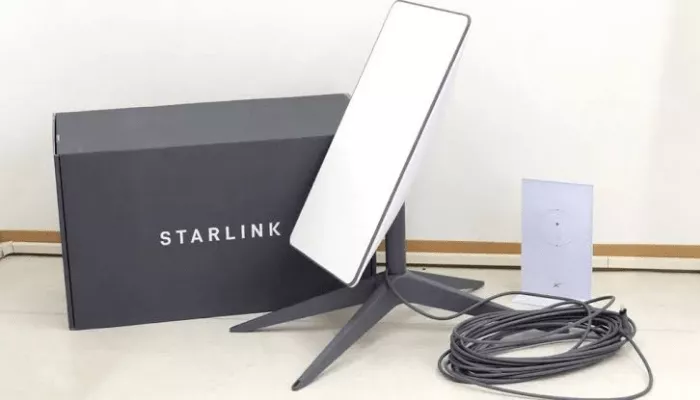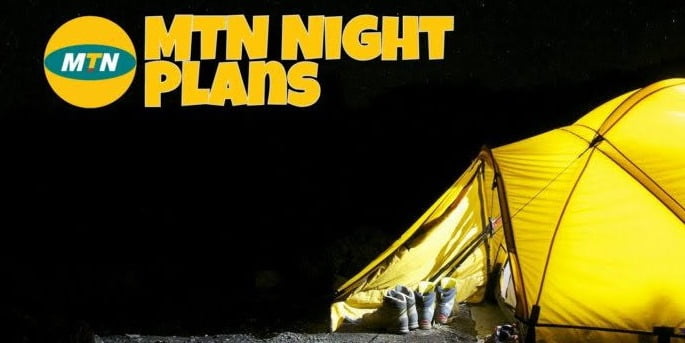Starlink, SpaceX’s satellite internet venture, crash-landed into the African internet scene, promising to beam high-speed, low-latency internet to the continent’s most remote spots. It’s expanding fast and mostly delivering, but recent data shows a curious detail: Starlink internet speed in Nigeria, a key African market, seems to trail several other African nations. Despite this, Nigerians have been signing up in droves.
So, what’s behind this speed difference? Let’s break down the factors affecting your Starlink internet speed and see why Starlink continues to be a strong, often preferred, internet choice across Nigeria.
Contents
The Speed Landscape: A Continental Snapshot
A Q1 2025 report from Ookla®, the well-known broadband intelligence firm, clocked Nigeria’s median Starlink download speed at 49.6 Mbps. That’s a big jump for many, yet it places Nigeria behind several sub-Saharan African peers. Botswana, for example, boasts an impressive 106.4 Mbps, with Eswatini at 86.2 Mbps and Rwanda close behind at 85.5 Mbps.
Mozambique (75.7 Mbps), Ghana (75.1 Mbps), Malawi (71.3 Mbps), and Zambia (69.7 Mbps) also saw faster median Starlink downloads in the same quarter. On the other side of the coin, countries like Zimbabwe, South Sudan, Kenya, and Madagascar registered speeds below Nigeria’s. Ookla also pointed out that Starlink provided median download speeds over 40 Mbps in most Sub-Saharan African countries where it operated in Q1 2025.
Decoding Nigeria’s Starlink Speed: The Congestion Culprit
Why the slower Starlink internet speed in Nigeria? Ookla pins it primarily on network congestion. As an Ookla spokesperson noted, Nigeria is arguably Starlink’s biggest African market. This popularity comes with a catch. A massive and quickly growing subscriber base—Starlink was already Nigeria’s second-largest ISP by subscribers with roughly 65,564 customers by Q3 2024—puts immense pressure on the available satellite bandwidth.
Satellite internet inherently means users in a geographic cell share the capacity of the satellites serving that zone. The more people online simultaneously, especially using data-heavy apps, the more the bandwidth gets sliced, potentially slowing things down for everyone. Ookla’s findings suggest that in major markets like Nigeria and Kenya, speeds dipping below 50 Mbps were “most likely because the provider faces capacity issues.”
Beyond Congestion: Other Factors Influencing Your Connection
User density isn’t the whole story; several other elements affect the Starlink internet speed you get:
- Satellite Constellation Density: Starlink uses a web of Low Earth Orbit (LEO) satellites. The number of satellites flying over your area at any moment impacts signal strength and data capacity. More satellites usually mean better coverage and faster speeds. Starlink is constantly adding more to its constellation, which should boost capacity.
- Ground Terminal (Dishy) Finesse: Your Starlink dish (or “Dishy McFlatface”)—its” quality, condition, and especially its positioning—is vital. It needs a clear, wide view of the sky, unblocked by trees, buildings, or anything else that might interfere with the satellite signals.
- Environmental Factors: Rough weather like heavy rain or thunderstorms (known as “rain fade”) can temporarily weaken satellite signals and hit internet speeds. LEO systems like Starlink handle this better than older geostationary satellites but aren’t entirely immune.
- The Role of Points of Presence (PoPs): Starlink is building ground stations (PoPs) worldwide to link its satellite network to the internet backbone. Nigeria has a local PoP, which is great news for latency (data transfer delay). This helps Nigeria achieve a competitive median multi-server latency of around 60 ms (Q1 2025 data). While latency isn’t download speed, a snappy connection makes a huge difference for gaming, video calls, and real-time apps. Nigeria’s healthy upload speeds (over 10 Mbps) also benefit from solid ground infrastructure.
Starlink vs. The Rest: How it Stacks Up in Nigeria
Even if Starlink internet speed in Nigeria is a bit lower than in some other African countries using the service, how does it fare against local terrestrial ISPs? Here, Starlink consistently and significantly outshines them.
Data from Ookla’s Q1 2025 report shows Starlink’s median download speeds are generally two to four times faster than what you’d get from other fixed broadband providers in Nigeria. This speed advantage clearly shows Starlink’s disruptive power. For many Nigerians who’ve battled slow, unreliable, or nonexistent fixed broadband, Starlink is a massive step up.
The Nigerian Rush: Why Starlink’s Appeal Endures
Starlink’s swift rise to become Nigeria’s second-largest ISP by subscriber numbers says a lot about its appeal:
- Plugging the Gaps: Vast areas of Nigeria still lack reliable terrestrial broadband. Starlink’s satellite tech bypasses these ground-based limitations, bringing high-speed internet to places previously left in the digital dark.
- Consistent Connection: For many, especially businesses and those in poorly served areas, Starlink offers a more stable internet experience than the often erratic alternatives.
- Value Despite the Price Tag: Starlink’s hardware and monthly fees are steeper than many local ISP plans. Yet, users who need speed, reliability, and access everywhere (particularly in underserved regions) see it as a worthwhile investment.
- A Bit of Nuance: Some earlier analyses (before Ookla’s Q1 2025 report) hinted at a possible slowdown in new Nigerian subscribers. The reasons? High entry and service costs for the average Nigerian, plus the steady expansion of terrestrial fiber and the emergence of 5G router options in cities, offer competitive, sometimes cheaper, alternatives. This paints a picture of a dynamic market where Starlink’s main advantage is still in areas with weak terrestrial internet.
The Road Ahead for Starlink Internet Speed in Nigeria
The current Starlink internet speed in Nigeria isn’t set in stone. Several developments could bring improvements:
- More Satellites Up There: SpaceX is aggressively beefing up its LEO constellation. More satellites usually mean more overall network capacity and better coverage, which can ease congestion.
- Next-Gen Hardware: Newer Starlink satellites come with better capacity and features, which will be integrated into the global network.
- Stronger Ground Game: Ongoing investment in PoPs and ground station tech can further sharpen network performance.
- Smarter Network Management: Starlink is always tweaking its network algorithms to balance load and improve user experience.
Still, Starlink faces a continuous balancing act: matching strong user growth in populous markets like Nigeria with its network capacity.
Conclusion: Is Starlink Still the Go-To in Nigeria?
Yes, the numbers show Starlink internet speed in Nigeria is currently bested by a few other African nations on the same network. But this is largely a consequence of its own immense popularity and the resulting network pressure—a common side effect of success. More importantly, Starlink still delivers a significantly faster and often more dependable internet experience than many traditional fixed broadband providers in Nigeria, particularly outside dense fiber-optic zones.
For Nigerians—individuals and businesses alike—stuck with poor internet or needing the go-anywhere capability of satellite, Starlink’s current performance, low latency, and easy setup make it a compelling, often game-changing, option. The Starlink internet speed Nigeria sees today will fluctuate and likely improve as the system evolves, but its fundamental value in the Nigerian market remains undeniable.











